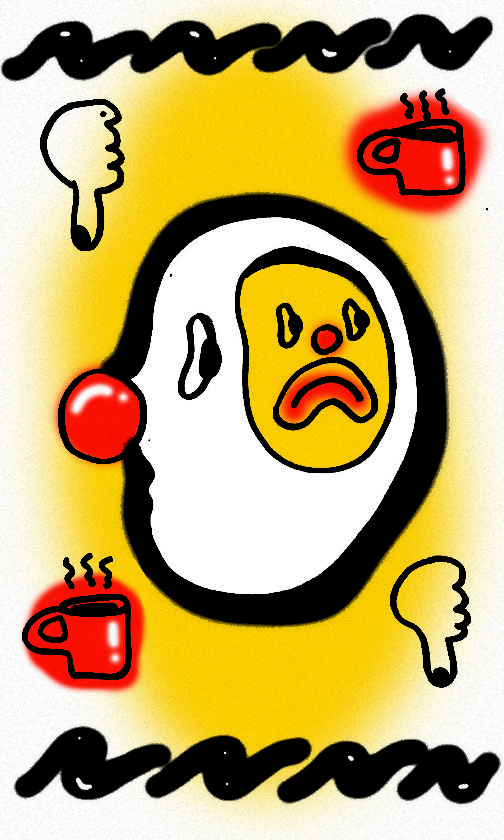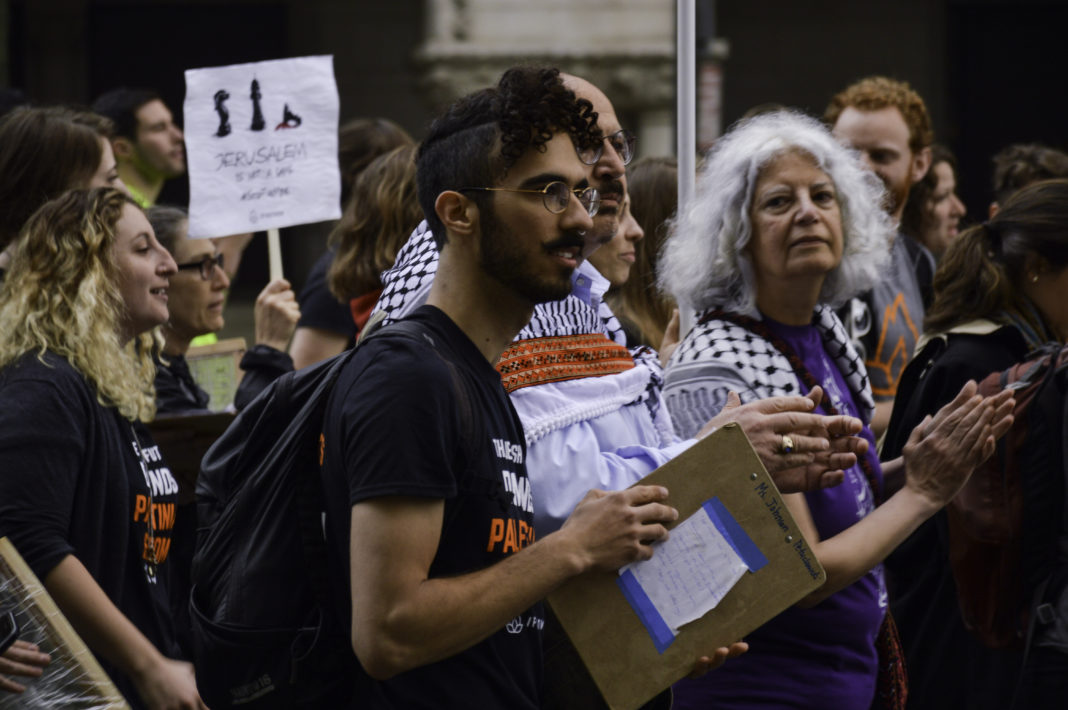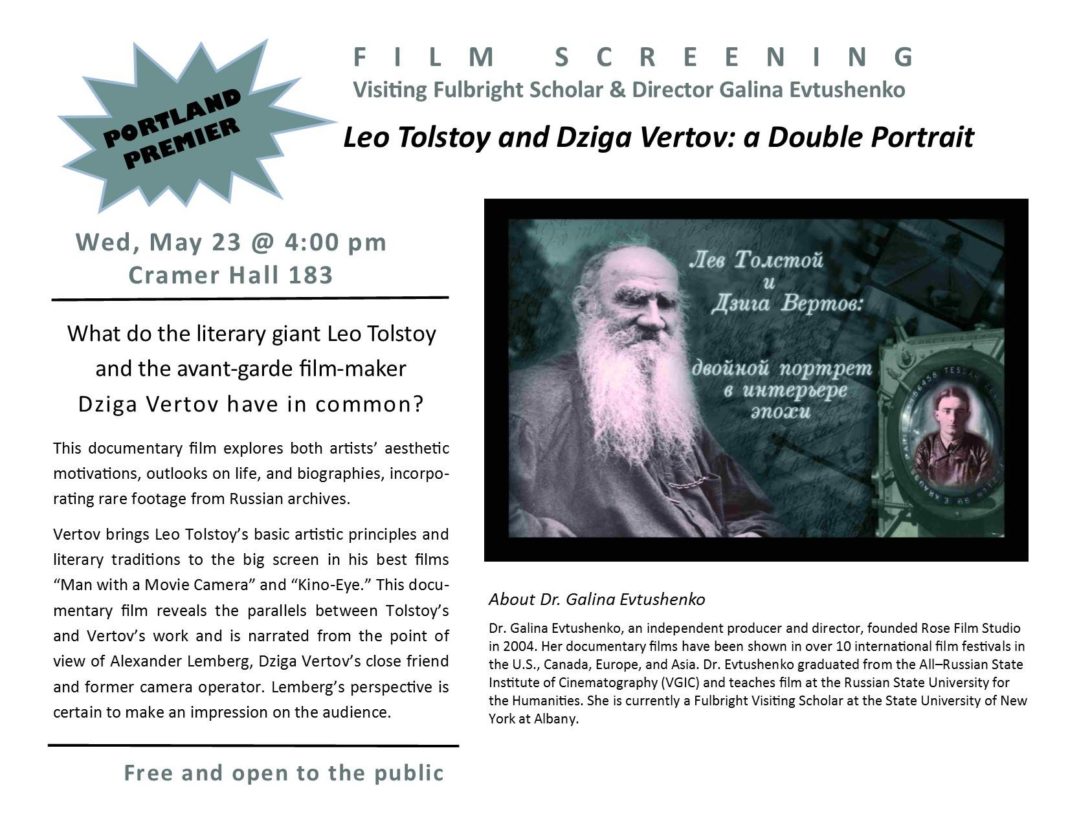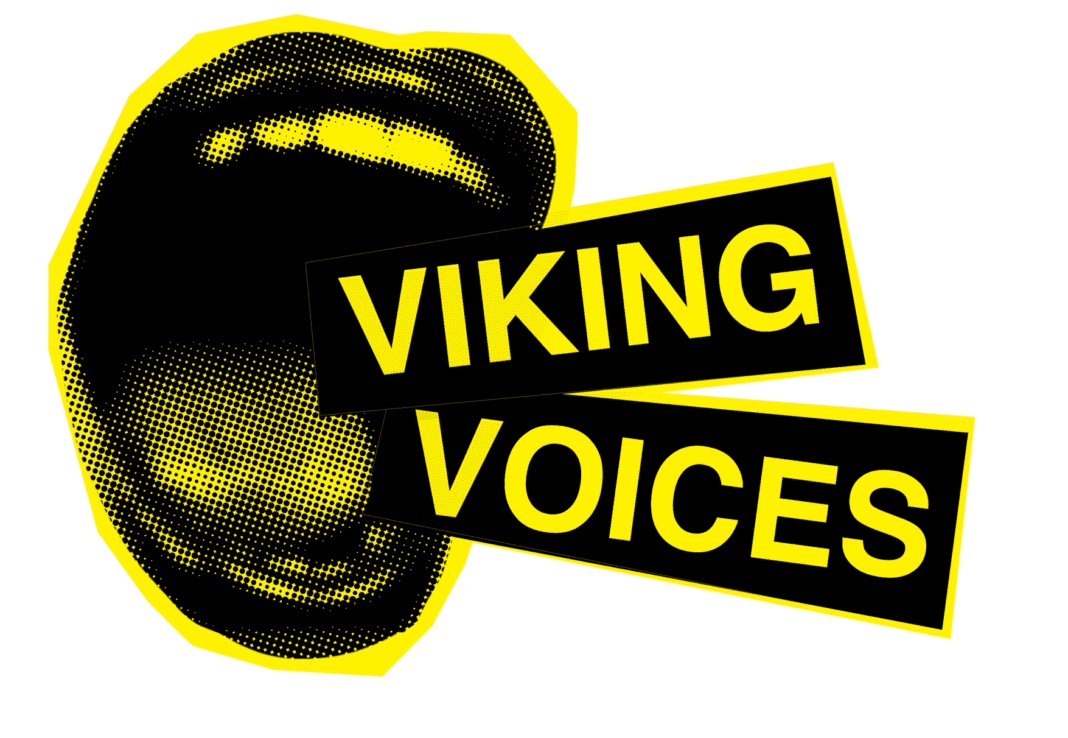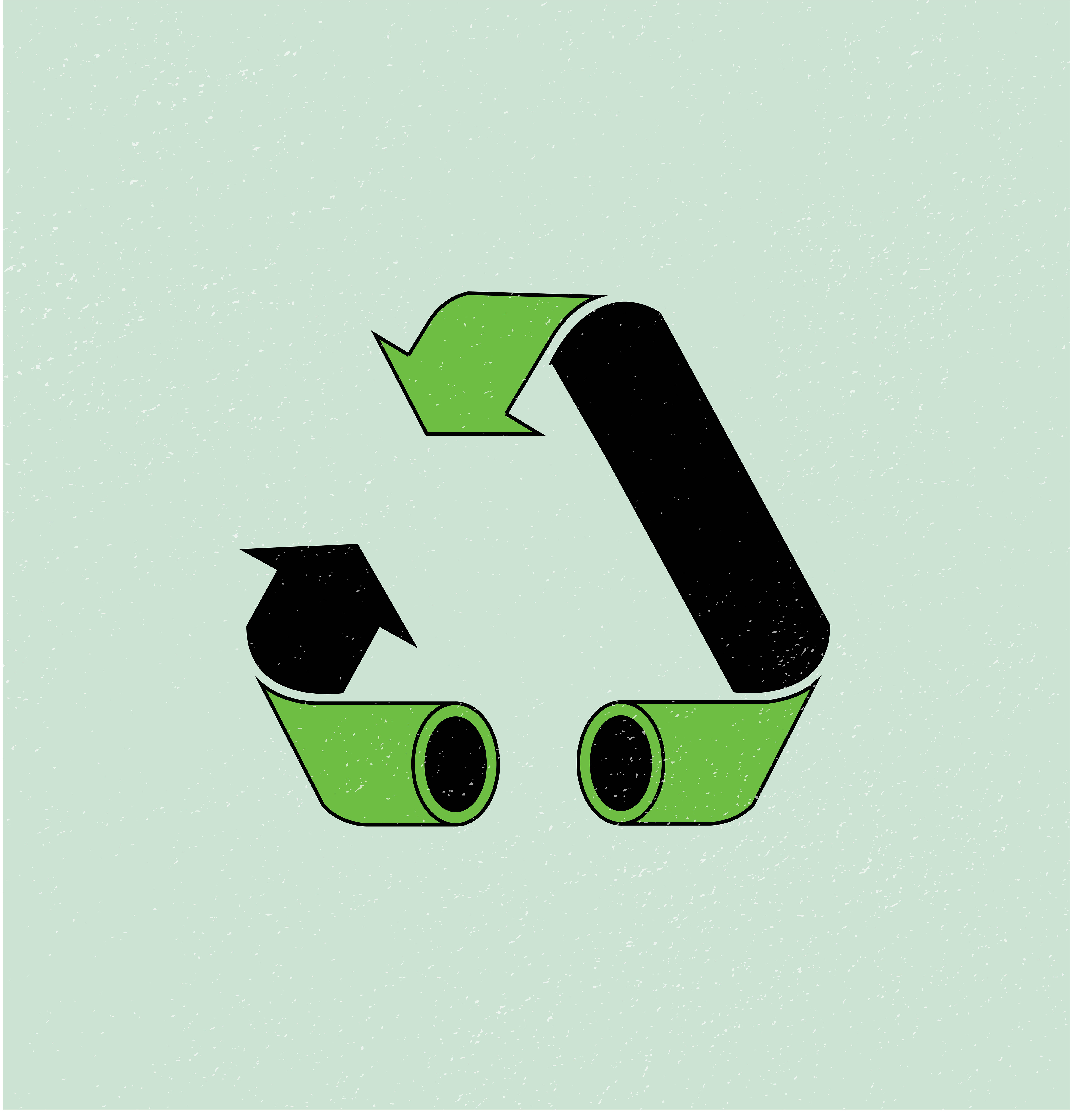Even when you think you hold no discrimination, unconscious bias still exists. Personal backgrounds, privileges, experiences and history dictate actions, motives and decisions, whether implicit or explicit, conscious or unconscious. Unfortunately, society’s stereotypes allow unconscious bias to continue.
The recent arrest of two Black men, Donte Robinson and Rashon Nelson, occurred in a Philadelphia Starbucks on April 12, 2018. Police arrested Nelson and Robinson and escorted them out of Starbucks in handcuffs under trespassing charges. Nelson and Robinson were simply waiting for their friend to arrive and did not display threatening or violent behavior, but it was enough for their skin color to unsettle the manager. The person who called the police has their own unconscious bias that motivated them to take action, stereotyping the two Black men as dangerous and unsettling solely based on race rather than behavior.
According to the NAACP, Black people are arrested five times more often than white people. Although Black and Hispanic people make up a total of 32 percent of the United States population, 56 percent were incarcerated in 2015.
Tessa Dover, assistant professor of psychology at Portland State, said unconscious bias plays into most social interactions. “What immediately comes to mind are interactions between police and [particularly] Black men and reactions to women gaining power or leaving traditionally feminine roles,” she said. This form of unconscious bias plagues society, as police brutality against Black men constantly appears throughout various media.
Renee Navarro, vice chancellor of Diversity and Outreach at University of California, San Francisco defines conscious bias as active discrimination against another person and unconscious bias as applying stereotypes to others. Social stereotypes—ranging from race, ethnicity, sexual orientation, sex, gender or any other defining feature a person holds—dictate these biases and produce ugly assumptions. The person holding unconscious bias clings onto one of these features, attaches a stereotype to it and acts accordingly.
Dover said she believes the incident at Starbucks can’t be rationalized to just unconscious bias, as there is no way of determining this. “We do know that it’s rare to find a white American with no anti-Black unconscious bias, and we also know that unconscious bias can play a role in people’s behavior,” she said. Although it is difficult to diagnose a case of unconscious bias without being present in the situation, “it seems clear that there were many conscious, deliberate thoughts and actions that led to these arrests,” Dover said.
Dover also said it is important to note minute interactions that display unconscious bias, not only events media broadcast. “When I think about unconscious bias, I tend to think more about interactions that don’t get reported on,” Dover said. “How schools teach and discipline their students, how physicians treat their patients, how we decide who we want to work with or befriend. These situations affect lives but do not garner as much attention as more explicit demonstrations of bias.”
This event is just one of many that shows unconscious bias at work. Think back to Stephon Clark or Philando Castile. These situations were potentially fatal cases of unconscious bias or complete lack of empathy. The Starbucks event shows privilege and how it plays into unconscious bias.
This event should raise awareness and make people more conscious of stereotyping. When one acknowledges his or her privilege and sees these stereotypes at play, that is the beginning of recognizing and unlearning unconscious biases and motives.

